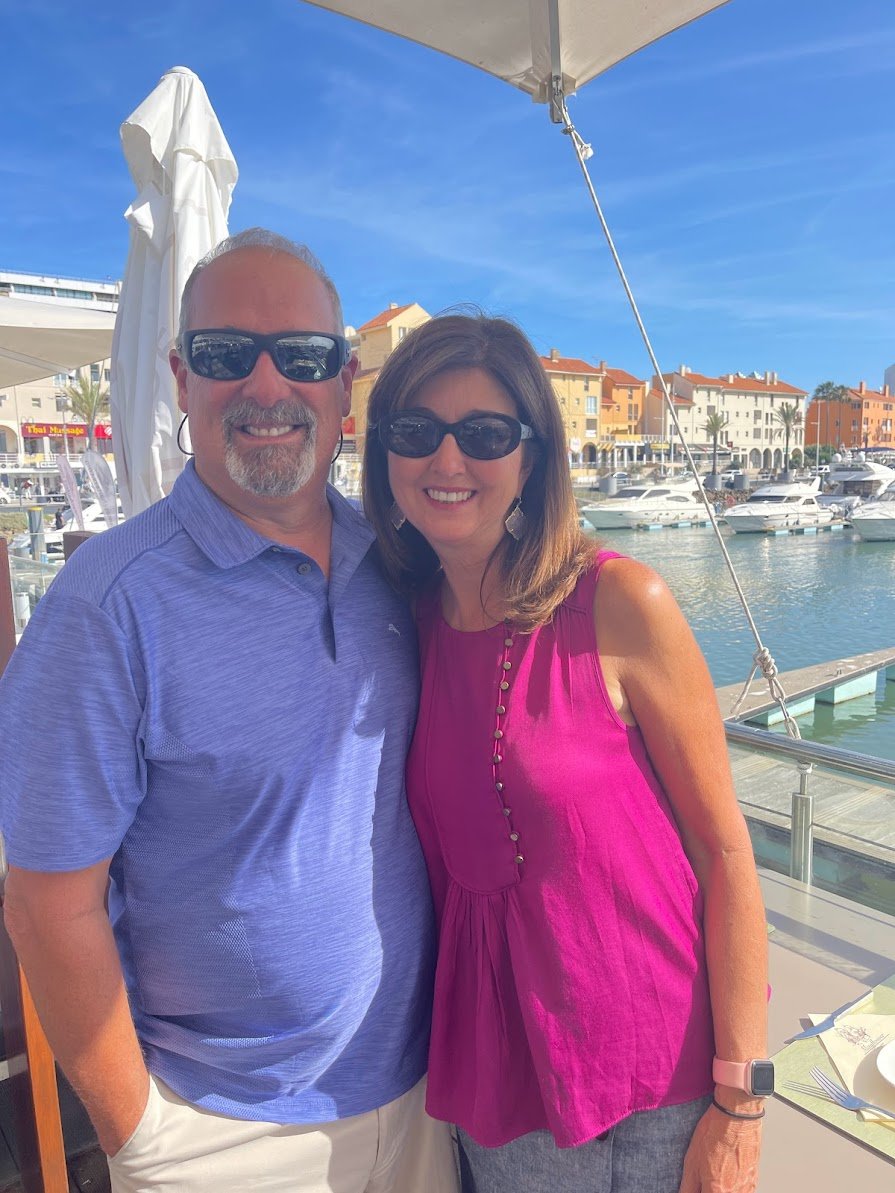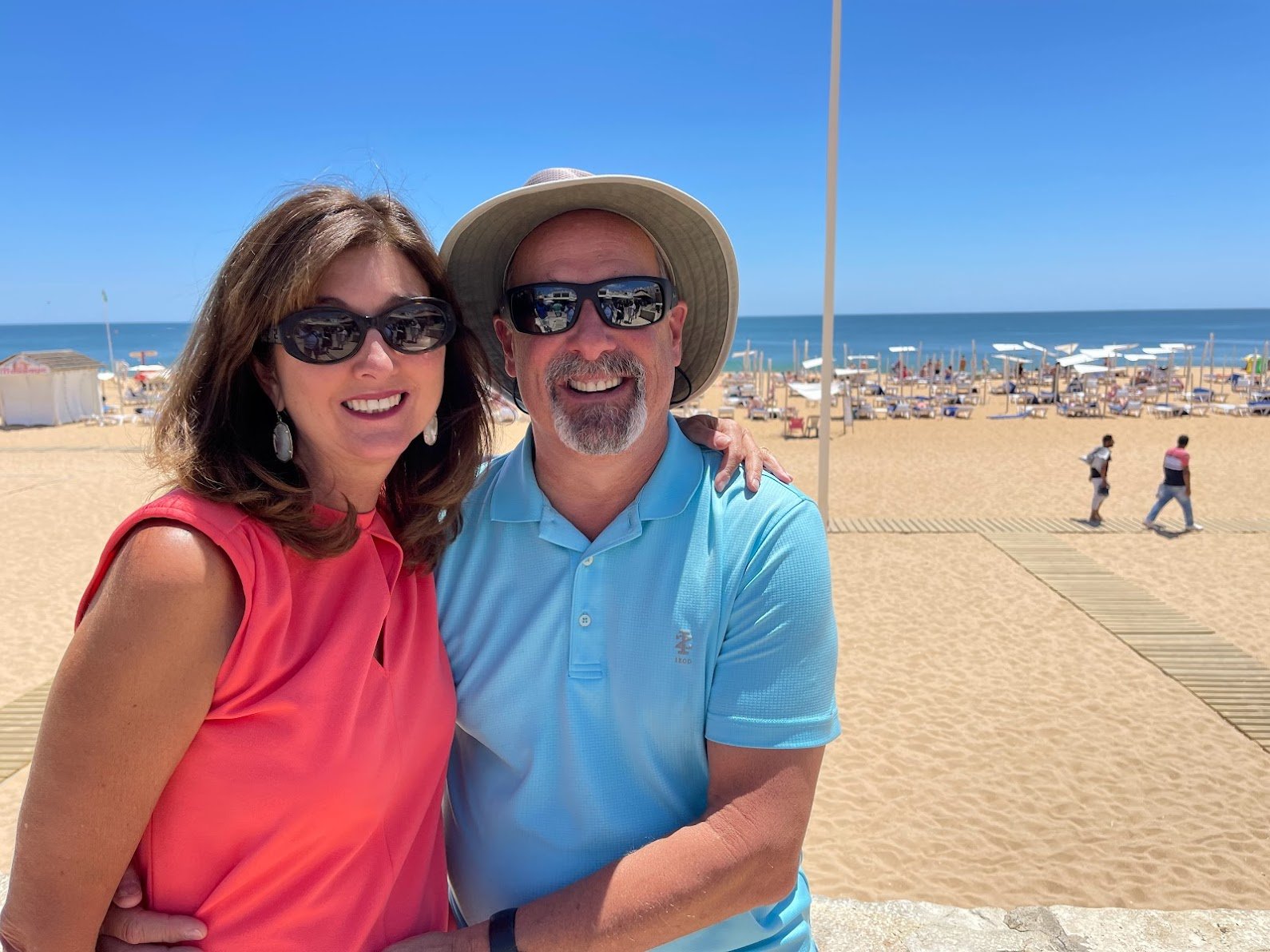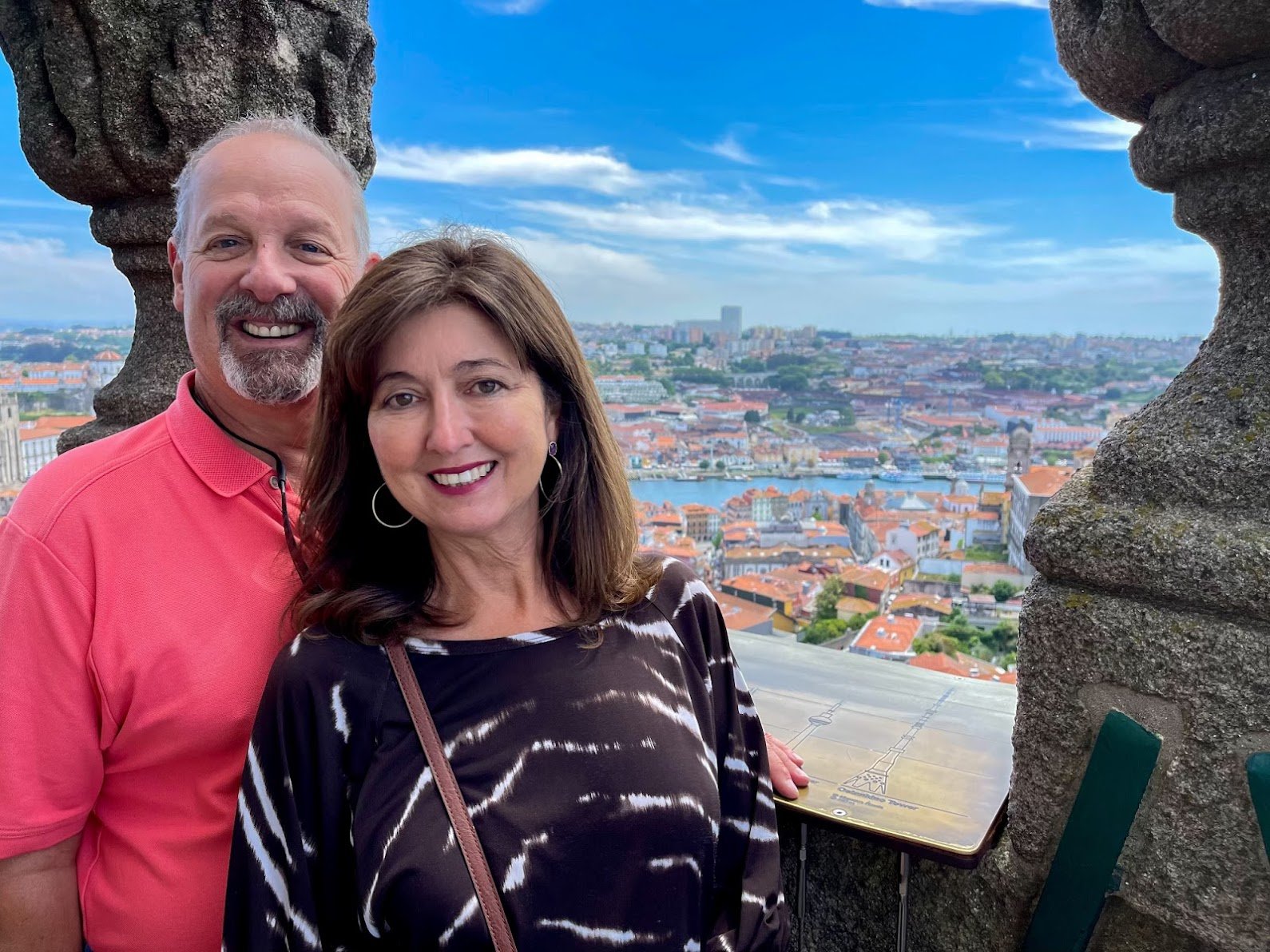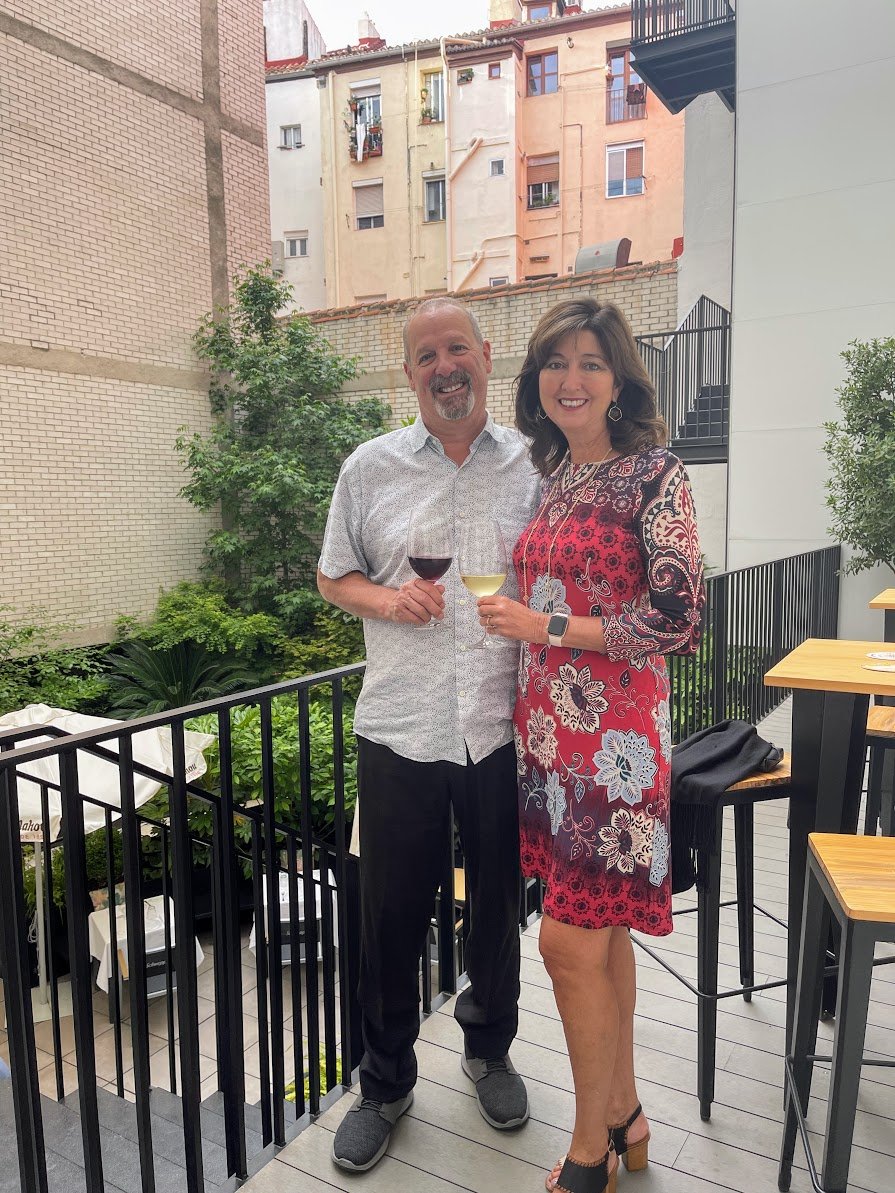Seville, Spain - Four great stops not to miss
We recently spent 72 hours in Seville. It was not near enough time so we narrowed down our sightseeing to just four stops. On a short stop we think these are the not to miss attractions of this city that has so much to offer.
#1 - Metropole Parasol or Setas de Sevilla
If there is one thing I’ve learned when adventuring in new cities, it is to find the highest spot in the city and get there first. Visit the Tokyo Tower or One World Trade Center in New York, or in Seville, the Metropole Parasol. When atop these attractions, you immediately gain great perspective of the city. It also helps to gain bearings for all the sites to see.
So on this day, we arrived in Seville for the first time and headed for this very unusual structure called the Metropole Parasol.
This entire structure is made of wood claiming to be the largest wooden structure in the world. It was build in 2011 after a design competition awarded the creation to a German architect after the area sat empty for over 20 years. To me, the ability to walk around the top was a great attraction of the structure.
The 6 parasols are supposed to resemble mushrooms although we did not really see it that way. You can see how this very modern structure could cause some controversy when it was built among 1000 year old buildings.
For just a few euros you can go to the top of this structure. This, for us, was what it was all about: The terrific views of the city of Seville. I would definitely recommend the Metropol Parasol as a first stop in Seville!
#2 - Plaza de España and the Parque de Maria de Luisa
Another must see stop in Seville is the great Plaza de España, inside the Maria de Luisa park. This beautiful building inside of the park was originally built in 1928 for the World’s Fair. The building mixes several different styles of architecture. Today the plaza holds various government offices, but it is also a big stop for tourists
The park itself is beautiful with lots of trees, statues, and places to just sit and relax.
One way to enjoy the park is to rent a boat and float along the lake.
Under each of the arches, sits a little alcove in front of the entire expanse of the building. Each alcove is dedicated to the provinces of Spain and is decorated with the emblems of that region. We also had heard, if you were lucky there would be flamenco dancers performing under the archways.
We were in luck, as we did some flamenco dancers!
It was a beautiful day in this park with so much to see and do. There are hiking and biking trails as well as quiet gardens in the shade. You could spend all day at the Parque de Maria de Luisa .
In May the jacaranda trees bloom their vibrant purple color. They were in full bloom around the entire park and along the streets of Seville.
A great way to see the Plaza de Espana is via a horse drawn carriage. They will pick you up near the Cathedral and take you through the city to the Plaza and back. Our driver did not speak much English, but we spoke enough Spanish to understand the highlights along the way.
However you visit, by horse, foot or taxi, be sure not to miss Plaza de Espana in Seville.
#3 - Seville Cathedral
This is one of the most magnificent cathedral or any place of worship, I have ever seen. Built in the 16th century, it was at one time the largest cathedral in the world. It still remains the largest Gothic style church in the world. It has been declared a World Heritage site.
Upon entering the first sight that grabs you is the magnificent alter in the center of the nave. The alter looks like gold but it is actually carved wood. It is 65 feet high and 75 feet wide. It is called, appropriately, Altor Mayor (high altar). It took one artist 44 years to carve. Inside each of the boxes are scenes from the bible.
The intricate detail goes all the way to the ceilings, which are as high as 121 feet.
Below is the choir lectern inside the large nave (main part of the church). This nave is the largest in all of Spain. Can you imagine singing with a choir in here?
There are so many remarkable and historic aspects of this cathedral. You could spend an entire day visiting and still not learn everything about this church. There are thousands of catalogued pieces of art that are surely priceless in value.
The explorer Christopher Columbus is entombed here. He died in 1506, before the cathedral was constructed. He was buried in another part of Spain and moved several times. It is said, he wanted to be buried in the Americas but there was no cathedral grand enough for him. This altar was one of the last additions to the cathedral in 1899. The tomb is held up by four kingdoms of Spain during Columbus’s life: Castille, Aragon, Navara, and Leon. It was spectacular and, like everything in this incredible cathedral, massive.
As is typical for us, if there are stairs to climb, we take them up. We hiked to the top of the Giralda Tower. As of May 2022 timed tickets are still necessary. We purchased them the day we were visiting for a few hours later in the day.
Unlike so many other towers in Europe, the Giralada Tower does not actually have steps. It has ramps that ascend about 35 floors. The ramps were built so horses could take people to the top of the tower. These days, there are no horses, so you have to “hoof” it yourself. Like so many other towers climbs, the views are worth the hike.
This is a bell tower, so it might get very loud at the top of every hour!
A look from the Giralda Tower back down into Seville. In the distance is the River Guadalquivir. It is such a beautiful city, and we only touched on a few of the great spots during our visit.
Stop #4 - See a Flamenco Show
While we loved seeing an impromptu dance in the park, we knew we wanted to see a full show in the place where flamenco dancing originated from. We chose a small venue (only about 75 people) where we could see the dancing up close. This particular show featured 5 players where 4 danced various dances and one played the guitar.
There is a ton of history surrounding flamenco dancing. It did originate in Southern Spain and has roots with the Andalusian Gypsies in the area. Each dance tells a story of sorts with the dancer as the protagonist of the singer’s narrative and its interpreter. Male dancers usually perform intricate footwork, whereas female dancers, traditionally wearing elaborately ruffled dresses, emphasize the hands and upper torso. While we did not fully understand the story being told that evening, it was fascinating to watch.
This particular show strongly states, no pictures or video during the show. I was happy to see that everyone complied and was really into the performance. In return, the performers allow video and pictures for the last few minutes. That’s smart because these pictures are a great form of advertising for them.
The total performance was just about an hour, which we thought was perfect. The performance we chose was La Casa del Flamenco. Their website is: HERE
Here is a short video of the allowed video of the performance.
We ended our last night with a beautiful al fresco dinner down a little ally along with our friends we were traveling with. It was delicious, as was every meal we had in Seville.
If you find yourself in Seville, check out these four great stops!





























If you have just a short time in Seville, Spain here are four great stops not to miss!